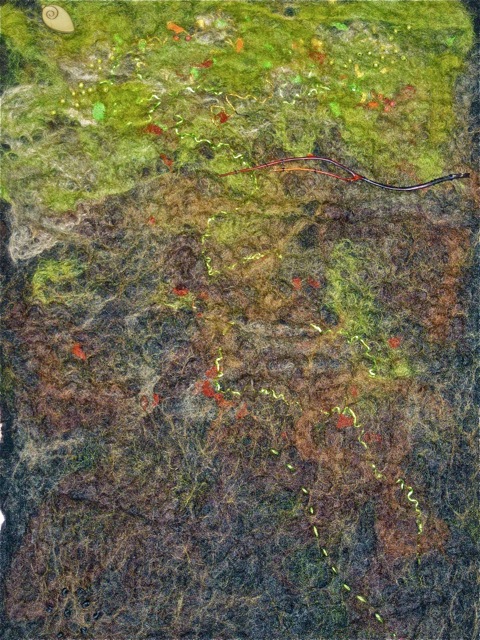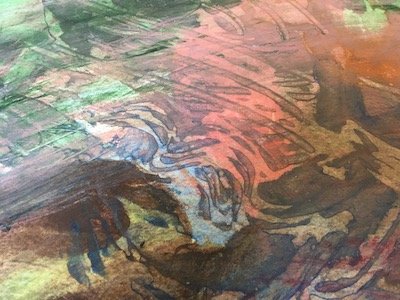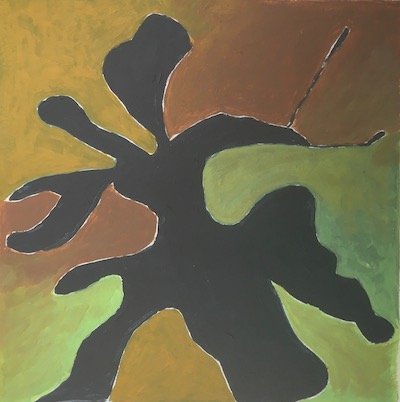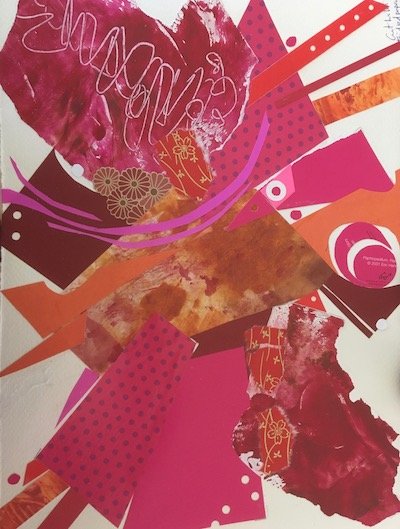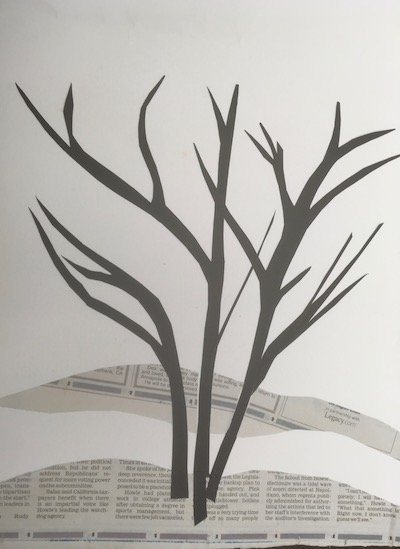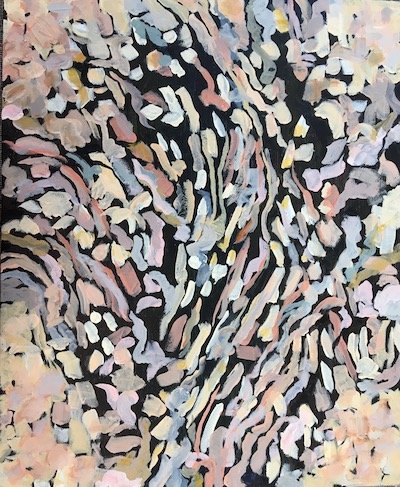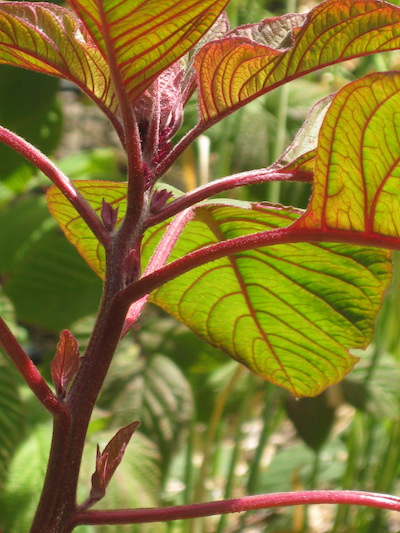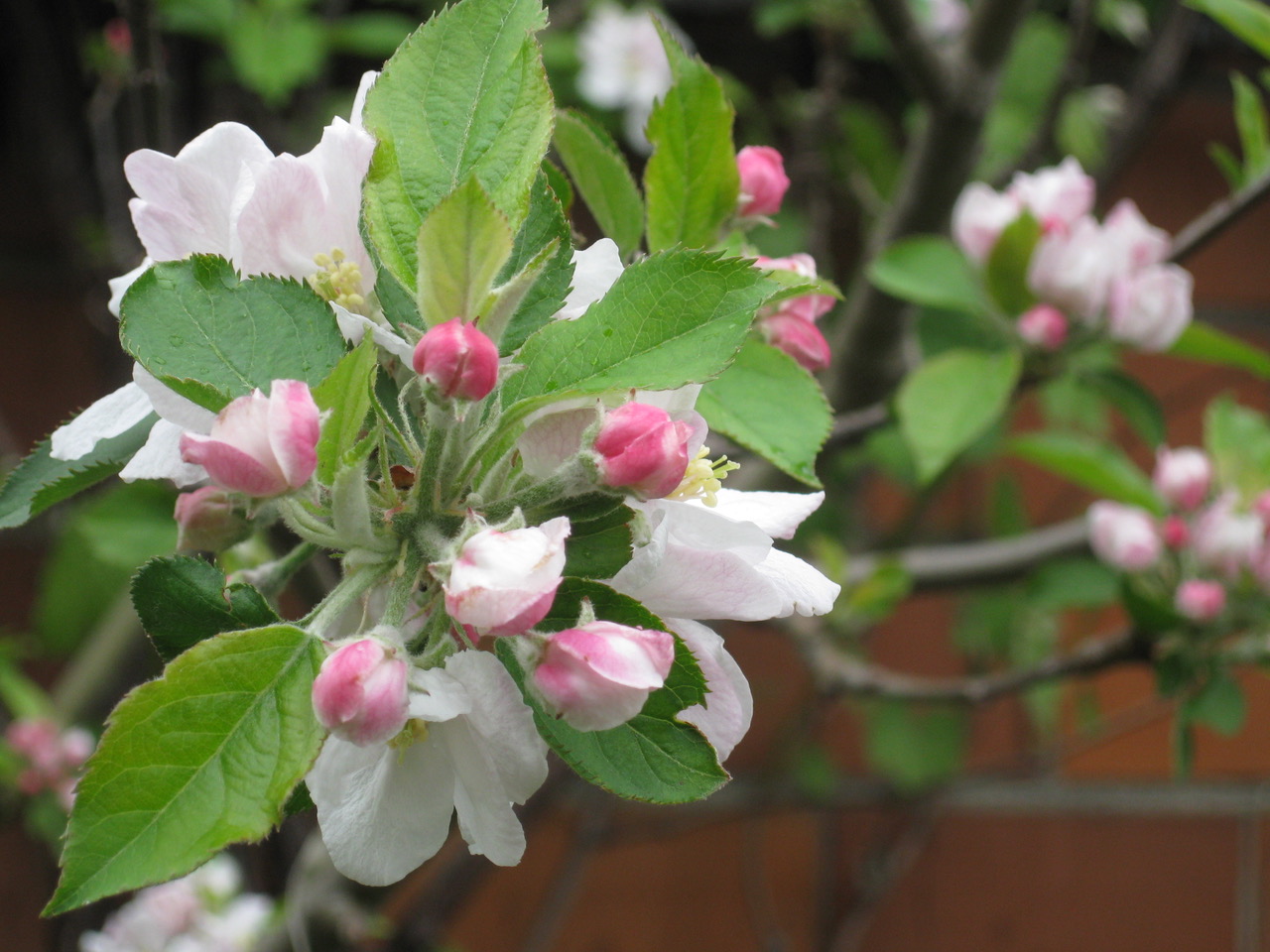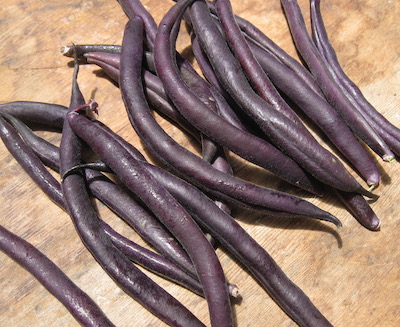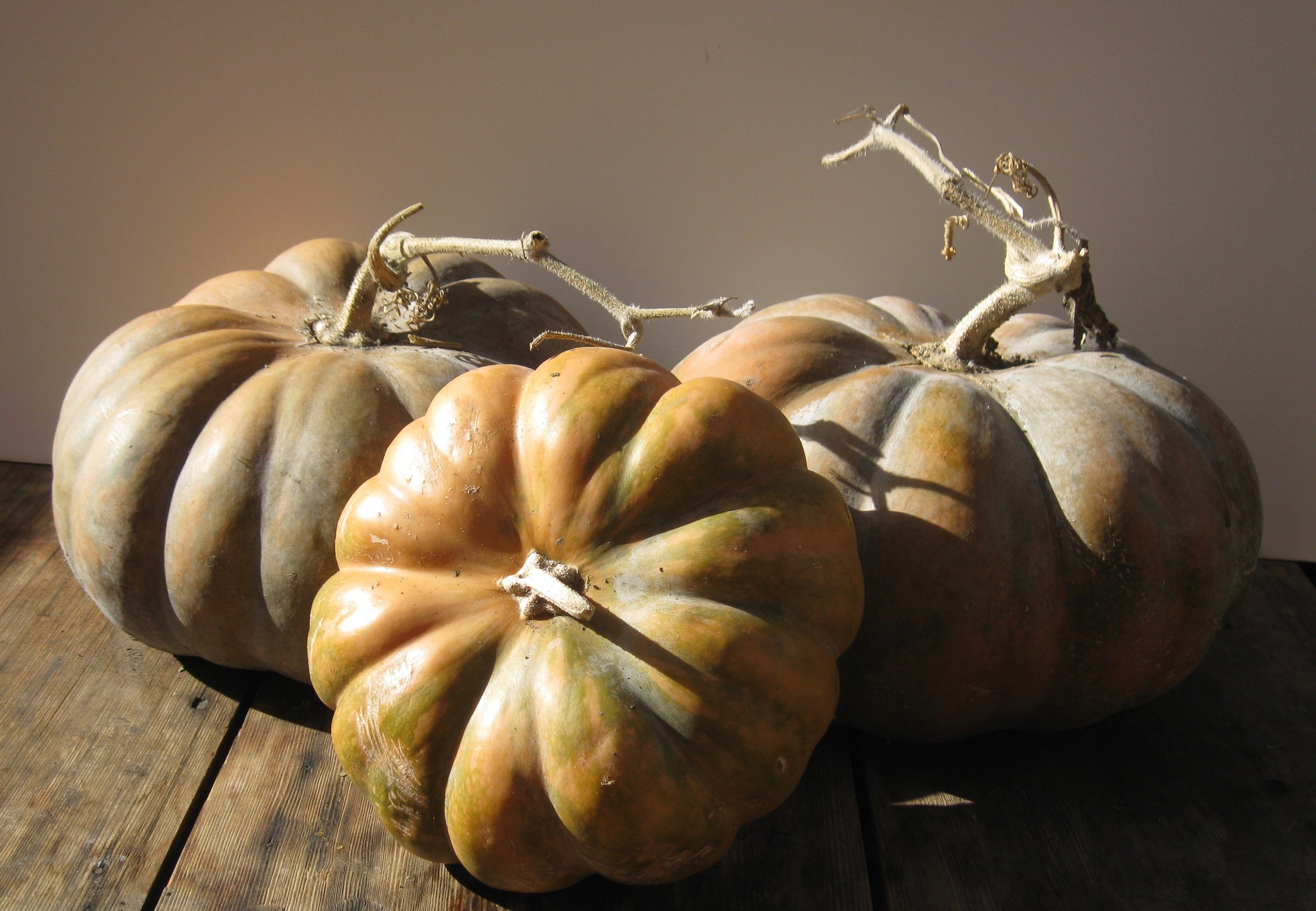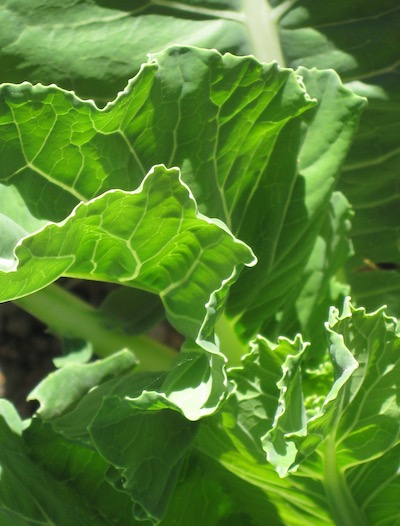Working in Fabric
Fabric Hangings
The women I knew growing up in post-war Britain all sewed. It was part of being a capable woman. Over the years, I’ve made clothes, shortened skirts, replaced zips, patched worn knees and elbows, changed ugly buttons for prettier ones, and taken out dozens of shoulder pads. I’ve made baby quilts, coordinated group quilts, pieced patchwork footballs for toddlers and juggling balls for adults. In 2001, I was inspired to do a much bigger project. The immediate military response to the attacks of September-11 made me scared and angry. I longed to do something creative to express the core of what matters. Years before, I’d made rough sketches for four fabric hangings representing earth, air, fire, and water, the foundations of life. Their time had come…. [Click on any image to see a fuller, larger view]
Wet Felting
I learned about nuno felting when a friend exhibited her work. I came straight home to search the Web and find out how to do it. I’ve made small pieces, scarves, and woolly pots. Two pieces have been photographed and used for book covers: “Red” and “Composting”. “Moon” illustrates Judith Arcana’s poem, “We Have Always Done This.” [Click on any image to see a more detailed view]
I’m inspired by projects like the AIDS Memorial Quilt, the Boise Peace Quilt Project, and Ribbon International that bring people and fabric together. Women in Chile made arpilleras from scraps of cloth and yarn to raise international awareness of the plight of their loved ones who were “disappeared”, tortured, and murdered under the dictatorship of General Augusto Pinochet. Feminist artists like Judy Chicago and Faith Ringgold, and untold numbers of quilters have demonstrated how fabric work can bridge art and craft, the personal and the public, creating beauty and making a point.
Working with Other Materials
Over the years I’ve taken evening classes and weekend workshops on drawing, painting, ceramics, collage, basic printing, and making artist books. Painting teacher Sandra De Visser insisted on the importance of the three C’s: concept, composition, and color. No matter what I try, this idea helps.
I thank the artists and teachers for all I’ve learned and to honor their skills, patience, and encouragement—especially Juana Alicia Araiza, Helen Hattori, Katie Hawkinson, Carol Jenkins, Annette Lawler, Eleanor Scott Myers, Joy Siedler, Pam Rex, and Leah Virsik. And all those who’ve posted “how to” videos to youtube.
Creating a Garden
Before moving to southern California in October 2021, I lived in a duplex in Oakland. I loved being part of creating a garden there with neighbors and friends. We put in a Santa Rosa plum, Concord grape, fig, apple, pear, avocado, persimmon, and citrus trees. We added roses, dahlias, and salvias. I bought a stunning white camellia, a Tasmanian tree fern, and irises with names like Waltzing Widow, Overjoyed, and Johnny’s Blue Eyes. Every season was different; some plants thrived, others struggled. The color palette changed, the composition shifted around, but the concept continued as the garden linked us, a widening web of people and plants.
Now I’m starting again. I have a lot to learn about gardening in this desert climate: low rainfall, dramatic daily swings in temperature, and hot dry summers. My garden bed was full of flowers in the spring. Peruvian lilies, lavender, sage, and scented geranium all survived the meager summer watering. Arugula too, which provided forage for bees for months. Summer is not gardening time here with highs in 3-digits. I’m full of admiration for the plants that tough it out. Then the relief of cooler days and winter rain that revives them again.








